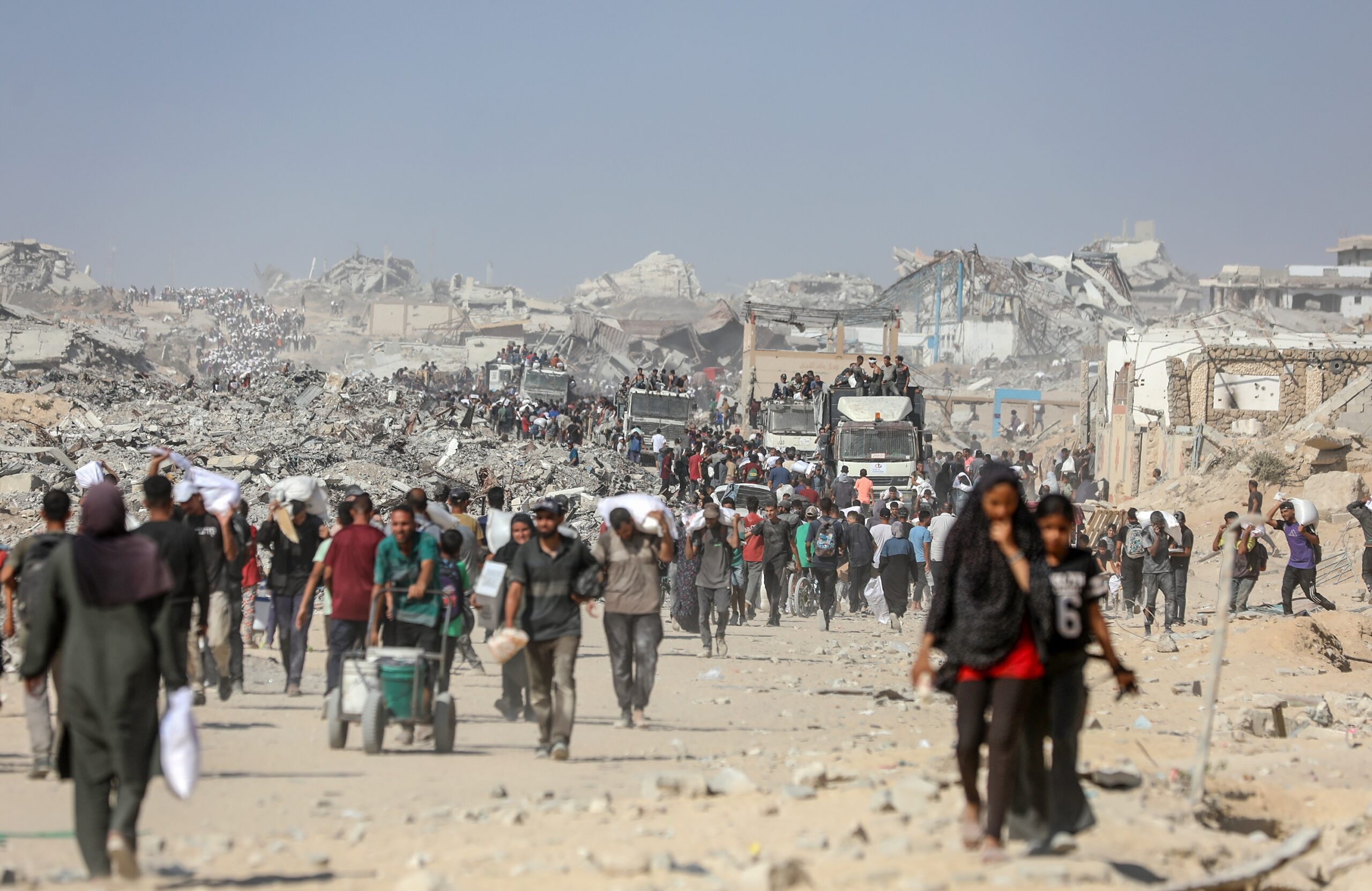Prime Minister Malcolm Turnbull has confirmed that Australia is considering a US request to increase its military commitment to Afghanistan. Australia should agree to a modest increase, but ultimately the means to resolve the conflict must be political.
The Washington Post reported last week that President Trump was considering a new strategy to break the security stalemate in Afghanistan and ultimately resolve the conflict by forcing the Taliban to negotiate. The new strategy reportedly included the deployment of up to 3000 additional US soldiers to the country, alongside the removal of some constraints on US forces to enable improved operational support to the Afghan National Defence and Security Forces (ANDSF).
The report added that, if Trump approved the new strategy, it was likely to be presented for adoption by NATO at its summit in Brussels on 25 May. Implicit was that NATO and allied partners of the Resolute Support Mission would also be asked to increase their military commitments, consistent with both the new strategy’s requirements and Trump’s policy that others take on a greater share of the heavy lifting.
There is no disagreement among Afghan government and external interlocutors that the Afghan-led and owned ‘transformation decade’ (2015-2024, succeeding the UN-led ‘transition period’ between 2001 and 2014) has significantly under-achieved in meeting its political, economic and security objectives. Since the December 2016 publication of my Australian Outlook post, ‘Buying Time for Reconciliation in Afghanistan‘, the unity government has remained politically fragile. Elections and constitutional change to legalise the president/CEO power-sharing arrangement remain deferred; divisions between different political factions plague the government; and very high levels of corruption continue. In macro terms, the economy remains stagnant. Most large-scale foreign investment is on hold for security reasons, notwithstanding President Ashraf Ghani’s efforts to promote the country’s economic opportunities internationally, including during an Australian visit last month.
The security situation remains grim. In testimony before the US Senate Armed Forces Committee on 9 February, General John Nicholson, commander of US and NATO/allied forces in Afghanistan, described it as a “stalemate, but where the equilibrium favours the government”. He added that the government was in control of approximately two-thirds of the population and the major population centres while the Taliban controlled 10 per cent, and the remainder was contested.
Nicholson suggested that the ANDSF was unlikely to achieve the capability to break the stalemate and force the Taliban to negotiate reconciliation until late 2019. Attaining that capability was conditional on many improvements to the security situation, including eliminating external sanctuaries and support (especially in Pakistan) for the Taliban. Nicholson was measured in his positives, adding that he sought only “a few thousand” more US troops to improve capability.
However, the US Director of National Intelligence, Dan Coats, informed a Senate committee on 11 May that the political and security situation in Afghanistan is likely to continue to deteriorate unless the US and its allies contribute more to the fight against the Taliban. Coats also cited intelligence assessments that the ANDSF controlled less than 57 per cent of the country’s geographical area. Neither Nicholson nor Coats referred to the ultimate political goal of these counter-terrorist military operations: creating a sufficiently secure environment domestically to enable the Afghan government to win back the respect and support of the population through good governance, justice, and effective social and economic programs.
Counter-terrorist operations in Afghanistan generally comprise four stages: clear, hold, build and sustain. Clear and hold are the responsibility of the ANDSF, whereas build and sustain are primarily the responsibility of the civil government. The two responsibilities cannot succeed without each other. And within Afghanistan, the success of both are dependent on high levels of foreign military and civil aid. A successful outcome will take years to achieve and therefore requires a long-term commitment, well into the 2020s, by all participants. There is no short-term fix. Prime Minister Malcolm Turnbull recognised this publicly earlier this month.
Should Australia agree to a modest increase in its commitment? The short answer is ‘yes’. There are several imperatives for doing so, including the damaging effect on our alliance relationship if we said no, a similar effect on our standing within the UN if we withdrew from an unfinished UN-mandated counter-terrorist commitment, and the consequences of being seen to walk away from a very real terrorist threat.
Australia has been a major contributor in Afghanistan. Its military and civil aid commitments between 2001 and 2017 amount to more than $7 billion, and last month Turnbull confirmed a further commitment of $1.236 billion out to 2020 ($916 million and $320 million of military and civil aid respectively). There is reason for Australia to question the cost effectiveness of past commitments and to ensure future commitments under the new strategy are genuinely effective. This demands full political commitment from the Afghan government in parallel with military operations. Without that, the initiative will remain with the Taliban, undermining any incentive to negotiate.
Ian Dudgeon is an AIIA presidential associate and former ACT Branch president.
This article is published under a Creative Commons Licence and may be republished with attribution.




